This Sunday, Hong Kong will hold its fifth small-circle chief executive election. HKFP compares the platforms of the leadership candidates, focusing on some of the issues that concern Hongkongers.
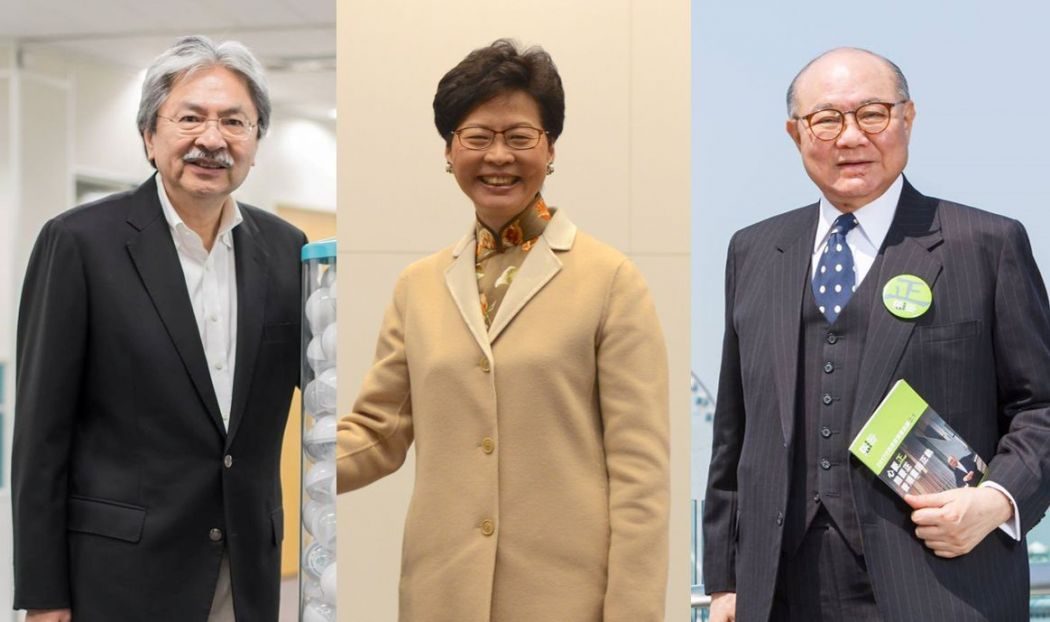
The comparisons are in order of the candidate number of the three contenders: ex-finance chief John Tsang, no.1; former chief secretary Carrie Lam, no.2; and retired judge Woo Kwok-hing, no.3.
”Article 23 of the Basic Law: National security”
An attempt to pass the controversial national security law within Hong Kong’s mini-constitution sparked mass protests in 2003. All three candidates have alluded to passing the legislation:
Tsang: Consultation in the form of a “white bill” and the law could be enacted in multiple stages, starting with the less controversial issues. However, the legislation process may only begin after 2020.
Lam: The government must weigh the pros and cons, and act cautiously to create a political climate suitable for the legislation, since the issue is highly controversial and may lead to social disturbance.
Woo: Conditions may be ripe for proposing the legislation after an electoral reform proposal is endorsed by a two-third majority in the Legislative Council.

”Article 22 of the Basic Law: Hong Kong’s internal affairs”
Only Woo has commented on this article, which has also yet to be passed into law:
Woo: Pass local legislation of Article 22 to prohibit the Chinese government from intervening in Hong Kong’s internal affairs.
”Political reform for the chief executive elections”
On 31 August, 2014, China’s top legislature ruled that Hong Kong chief executive will be vetted by a 1,200-member nomination committee before a popular vote. The ruling sparked the pro-democracy Occupy protests. Soon after, the government tabled a political reform proposal incorporating Beijing’s decision, but it was voted down at the legislature in 2015.
Tsang: Launch a public consultation without any prerequisite conditions. However, Tsang said Hong Kong cannot ignore Beijing’s 2014 decision to vet candidates through a nomination committee.
Lam: Try to create a favourable atmosphere to table another political reform plan that incorporates Beijing’s 2014 decision.
Woo: Turn the present 1,200-member election committee into a nominating committee, and increase the number of qualified voters who elect the nominating committee to one million by 2022, two million by 2027, and well over three million voters by 2032.
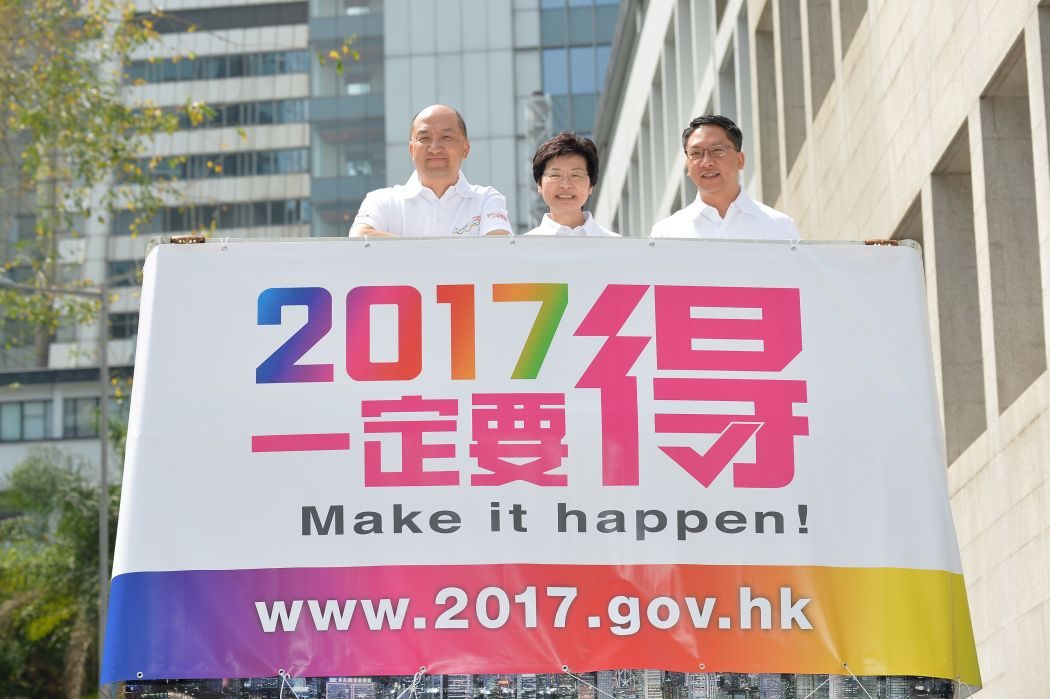
”Housing”
Tsang:
- Increase the supply of public housing to accommodate 60 per cent of the population, such as by redeveloping old public rental estates;
- Increase the supply of Home Ownership Scheme flats and relax the income and asset limits for applicants;
- Reorganise the responsibilities of bureaus so that planning, land and housing policies will be handled by one policy bureau.
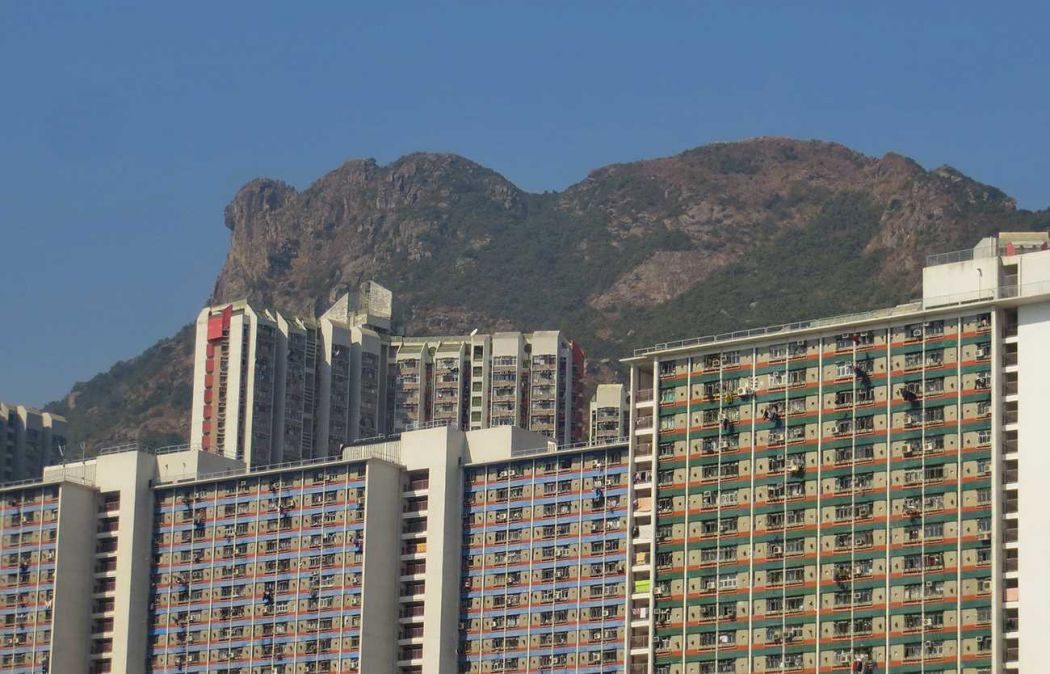
Lam:
- Introduce affordable starter homes for middle-class families;
- Increase the supply of Home Ownership Scheme flats;
- Consider refining the Mortgage Insurance Programme to provide more assistance to first time home buyers who are permanent residents.
Woo:
- Increase the supply of public housing flats, especially larger units to accommodate families of four to five members;
- Increase the living standards of public housing estates, such as by placing emphasis on functionality and community facilities;
- Increase the supply of Home Ownership Scheme flats;
- Introduce “First-time Ownership Housing for Hong Kong Permanent Residents” programme;
- Develop temporary housing for public housing applicants;
- Build Youth Hostels for young people;
- Phase out the 15 per cent double stamp duty for non-first-time home buyers within five years.
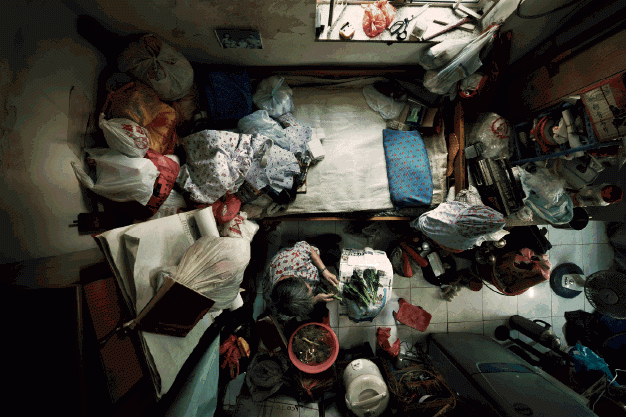
”Small House Policy”
Introduced in 1972, the Small House Policy entitles indigenous villagers in the New Territories and their male descendants to build a small house. However, many do not own land for building small houses, so property developers sometimes step in to provide land in exchange of building rights, while turning the houses into profitable projects.
See also: Explainer: Hong Kong’s divisive Small House Policy

Tsang: Review the Small House Policy and discuss with rural committees issues like developing residential estates of mixed small houses and Home Ownership Scheme apartments.
Lam: No mention in her manifesto. She declined to comment on the Small House Policy last month on the basis that the court will soon hear a case over the constitutionality of the policy.
Woo: Speed up the approval process for applications to build small houses, as male descendants of indigenous inhabitants enjoy the right to build village houses under the Small House Policy.
”The environment”
Tsang:
- Encourage waste reduction at source;
- Increase the effectiveness of waste reduction and recycling, such as by improving the logistics of waste collection;
- Improve roadside air quality, such as by reducing the volume of vehicular traffic in some areas;
- Ask electric companies to use cleaner energy, including renewable energy;
- Review nature conservation policies and extend the coverage to privately owned areas;
- Increase communication with the Guangdong authorities and crack down on illegal dumping of wastes in Hong Kong waters.
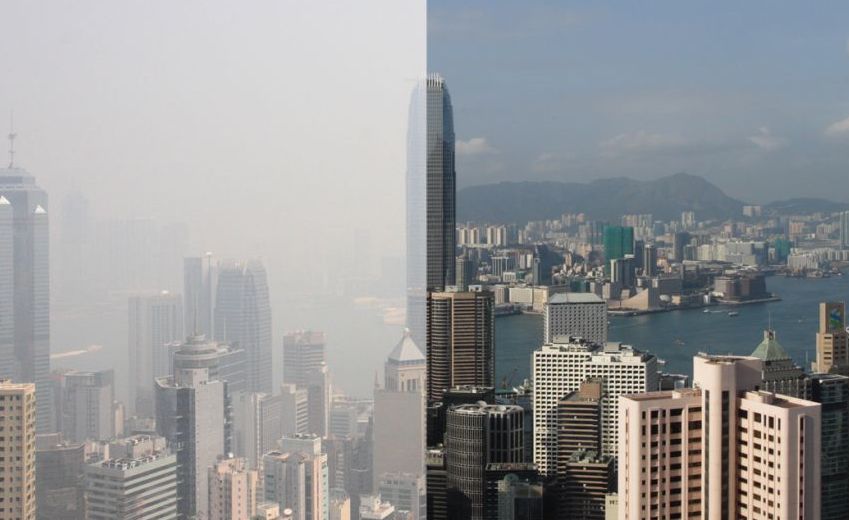
Lam:
- Ensure interdepartmental coordination to improve air quality, waste management, energy conservation and biodiversity;
- Promote the use of more energy efficient fuel technologies;
- Promote the existing “Food Wise” government initiative to reduce food waste;
- Reduce waste by 40 per cent in 10 years by promoting waste reduction at source and imposing charges on waste collection;
- Reduce carbon intensity by 65-70 per cent by 2030, such as by replacing coal power with clean and renewable fuels;
- Reduce the discharge of sewage into Victoria Harbour;
- Discuss with Chinese authorities ways to reduce garbage in the sea.

Woo:
- Protect country parks – they will not be developed;
- Formulate a clear brownfield policy to prevent the infinite expansion of brownfields;
- Amend the Waste Disposal Ordinance to combat the dumping of construction waste on private land;
- Establish a network of coastal protection areas;
- Encourage waste reduction at source;
- Reduce plastic waste, such as by increasing the number of drinking water dispensers, getting more involved in the recycling industry, and collecting recycling levy on glass beverage bottles by 2018;
- Provide incentives for the use of renewable energy;
- Gradually replace gas-powered cars with zero-emission electric vehicles;
- Formulate joint plans with Chinese authorities to tackle regional environmental issues such as sewage, waste disposal, and air and water pollution.

”Healthcare”
Tsang:
- Expand public-private partnerships in clinical care;
- Ask the Hospital Authority to consider making multi-year budget estimates;
- Provide universities with more resources to increases places for medical professionals;
- Speed up the construction of the city’s first Chinese medical hospital;
- Promote family medicine;
- Enhance primary care for the elderly;
- Review service provision to mentally ill persons;
- Increase transparency and efficiency of discipline hearings by the Medical Council.

Lam:
- Allocate more funding to public hospitals and medical research;
- Allocate resources to provide dental services to the elderly and disabled persons;
- Formulate policies to ensure all local medical graduates will be employed in the public healthcare system;
- Introduce registration systems for health professionals that are currently not regulated at present, such as speech therapists and dietitians;
- Promote the development of Chinese medicine and open up markets in mainland China and overseas;
- Reform the Medical Council to ensure greater transparency.

Woo:
- Map out a sustainable and balanced financial arrangement for medical expenditure;
- Avoid unchecked expansion of the medical budget;
- Assess the impact of voluntary medical insurance and ensure high-risk groups are not excluded;
- Assess the work pressure on medical staff in public hospitals;
- Minimise the role of the government in medical administration in the private sector;
- Consider incentive measures to attract talent to the public sector;
- Consider developing a District health Care System to offer integrated services in local communities;
- Promote public-private partnerships in Chinese medicine provision;
- Reform the Medical Council to increase transparency and public confidence in the institution.

”Poverty relief”
Tsang:
- Provide subsidies for technical training courses;
- Relax the eligibility requirements for the Low-income Working Family Allowance.
Lam:
- Closely monitor the implementation of existing social security schemes;
- Chair the annual Commission on Poverty Summit as chief executive.
Woo:
- Review government subsidy policies and make it easier for those in need to receive support;
- Strengthen support for community food banks;
- Set up market fairs in public housing areas to provide job opportunities;
- Employ more disabled people in the civil service, and encourage the private sector to do the same through tax incentives.

”Elderly”
Tsang:
- Make long-term plans for elderly services;
- Increase resources to train carers;
- Improve existing grant schemes for elderly care services;
- Develop the “silver hair” market, such as social enterprises that provide the elderly with daily necessities.
Lam:
- Increase the Old Age Living Allowance;
- Enhance the service quality of private elderly homes;
- Build additional community centres to keep elderly people fit and alert;
- Attract young people to join the care services industry;
- Amend relevant laws to give patients the option of dying in a familiar environment and in the company of family members.

Woo:
- Hong Kong needs a universal pension scheme that balances the interests of different stakeholders and provides adequate support for the elderly;
- Provide more elderly care homes in local communities;
- Map out a long-term policy for dental care, especially for the elderly.
”Youth”
The candidates have talked about the importance of youth engagement during their campaigns. Tsang and Lam give different suggestions on youth participation in their platforms, while Woo does not mention youth in his manifesto.
Tsang:
- Build a new platform for youth to take part in political and policy discussions;
- Set a ratio for appointing young people to government advisory bodies;
- Encourage young people to participate in community work;
- Mobilise IT enterprises to partner with schools to nurture students;
- Relax the restrictions for applying for tertiary student grants and loan.
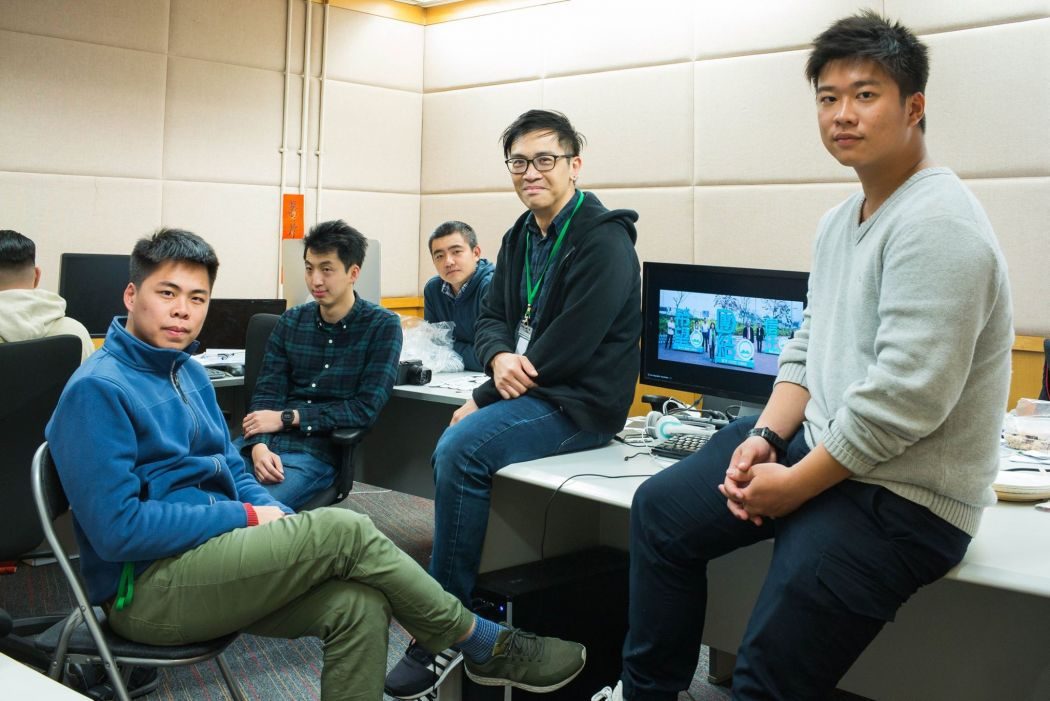
Lam:
- Set up a Commission on Children and a Youth Development Commission;
- Connect with young people through various channels, including social media;
- Recruit 20 to 30 young people who aspire to pursue a career in policy research to join the government as non-civil service contract staff;
- Ask policy bureaux to appoint more young people to government advisory bodies;
- Bring young professionals on overseas trips;
- Provide support to nurture young artists and young people in the creative industry;
- Collect public views, “especially from young people.”

Woo: No mention in his manifesto, but said in the document that he will lead an open government that welcomes public participation from all walks of life, “especially our young people.”

”Territory-wide System Assessment (TSA)”
The Territory-wide System Assessment was a compulsory test for students of several school years by the Education Bureau. It was criticised for generating high-pressure homework, drilling and was considered to be too difficult for primary 3 students.
Tsang: Abolish the TSA system and its reformed version Basic Competency Assessments (BCA) for all Primary 3, Primary 6 and Form 3 students.
Lam: Suspend the TSA system – a final decision will be made after the completion of a comprehensive review.
Woo: Abolish the TSA/BCA system for Primary 3 students, and assess the impact of TSA/BCA on Primary 6 and Form 3 students.

”Ethnic minorities”
According to the government’s 2016 by-census, 8 per cent of the city’s 7.3 million residents are of ethnic minority descent. The largest non-white and non-Chinese groups are Filipinos, Indonesians, Indians, Nepalese and Pakistanis. However, they generally suffer from racial discrimination and systematic exclusion.
Tsang:
- Amend the Racial Discrimination Ordinance so that the government will also be prohibited from discriminating people on racial grounds;
- Formulate a policy of teaching Chinese as a second language;
- Make “Chinese as a second language” a Diploma Secondary Education Examination (DSE) subject;
- Ensure kindergartens admit ethnic minority students;
- Increase funding for NGOs to provide training and resources for ethnic minorities seeking employment.

Lam:
- Review the Racial Discrimination Ordinance to ensure everyone is treated equally;
- Enhance support for ethnic minorities in employment;
- Review the requirement of written Chinese proficiency in the civil service;
- Appoint more ethnic minorities to different statutory bodies and government committees;
- Ensure all government publications send the messages of racial harmony and equality for all.
Woo:
- Amend the Racial Discrimination Ordinance so that the government will also be prohibited from discriminating people on racial grounds;
- Extend an existing framework of teaching Chinese as a second language to cover kindergartens;
- Provide adequate subsidies and training resources for teachers teaching Chinese as a second language to kindergarten pupils.
”Chief executive and bribery law”
Some provisions in the Prevention of Bribery Ordinance – Hong Kong’s anti-corruption laws – do not apply to the chief executive. Critics have called for amendments to the law so that the city’s leader is also kept in check.
Tsang:
- Consider amending the Prevention of Bribery Ordinance so that the chief executive is also subject to sections 3 to 8 of the law;
- Consider setting up an independent committee for giving permission to the chief executive to accept benefits.
Lam: Resolve as soon as possible constitutional and legal issues on the amendment of the Prevention of Bribery Ordinance, so that the chief executive is also subject to sections 3 to 8 of the law.
Woo: Set up a committee to review the chief executive’s powers under the Prevention of Bribery Ordinance, so that everyone is equal before the law.

”Digital media access”
Currently, digital media outlets are barred from accessing government press conferences and press releases, and are unable to ask questions of officials.
Tsang: No mention in his manifesto, but said he will find a fair and just solution to the issue of digital media access.
Lam: No mention in her manifesto, but said she will consider opening access to digital media if elected.
Woo: The government has a duty to facilitate timely and speedy news dissemination by news organisations, including digital media.

